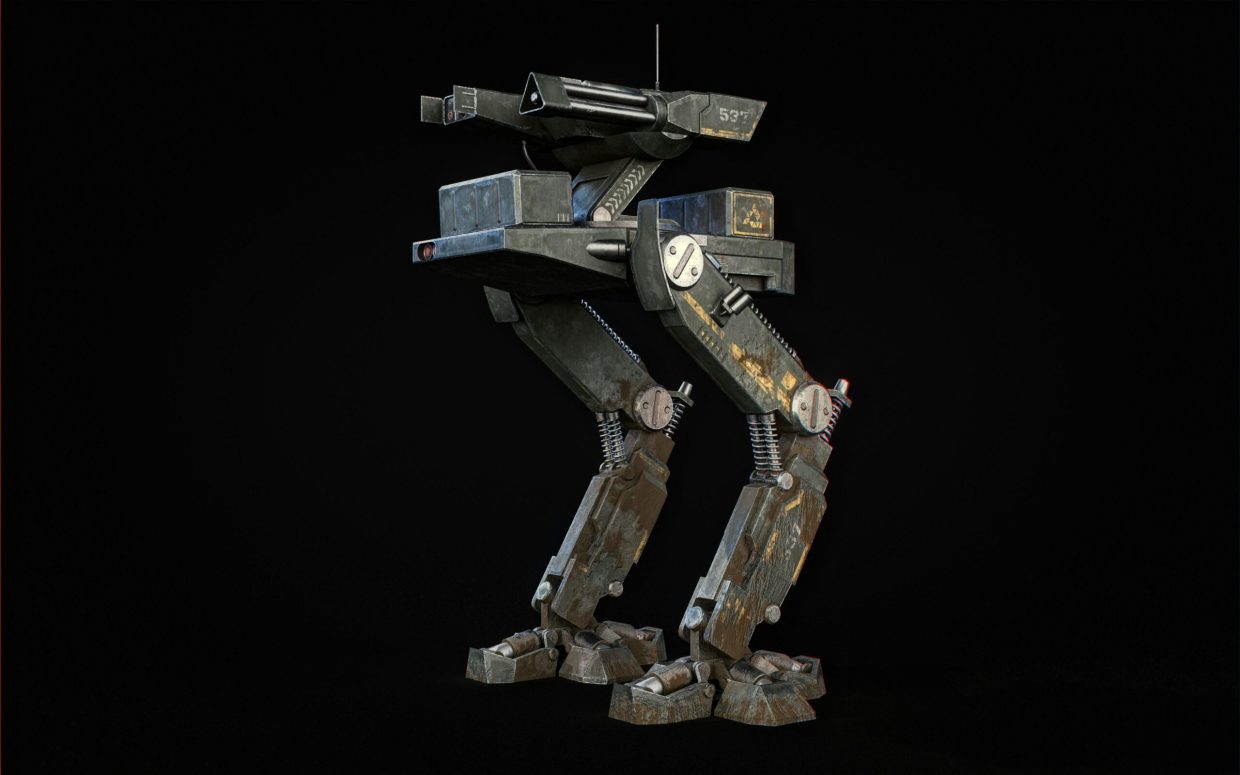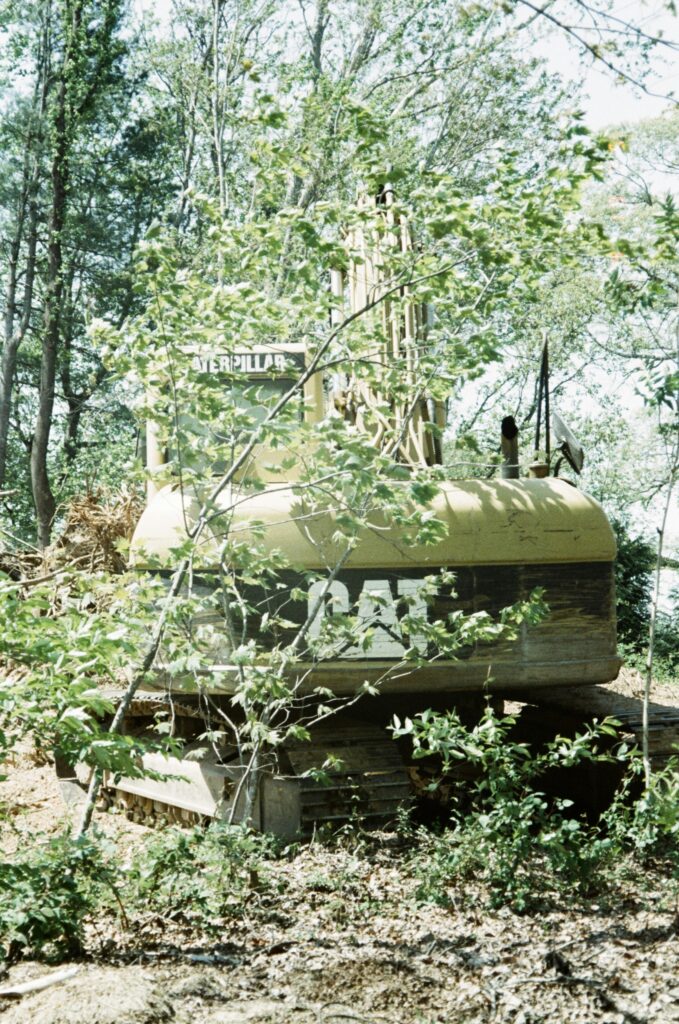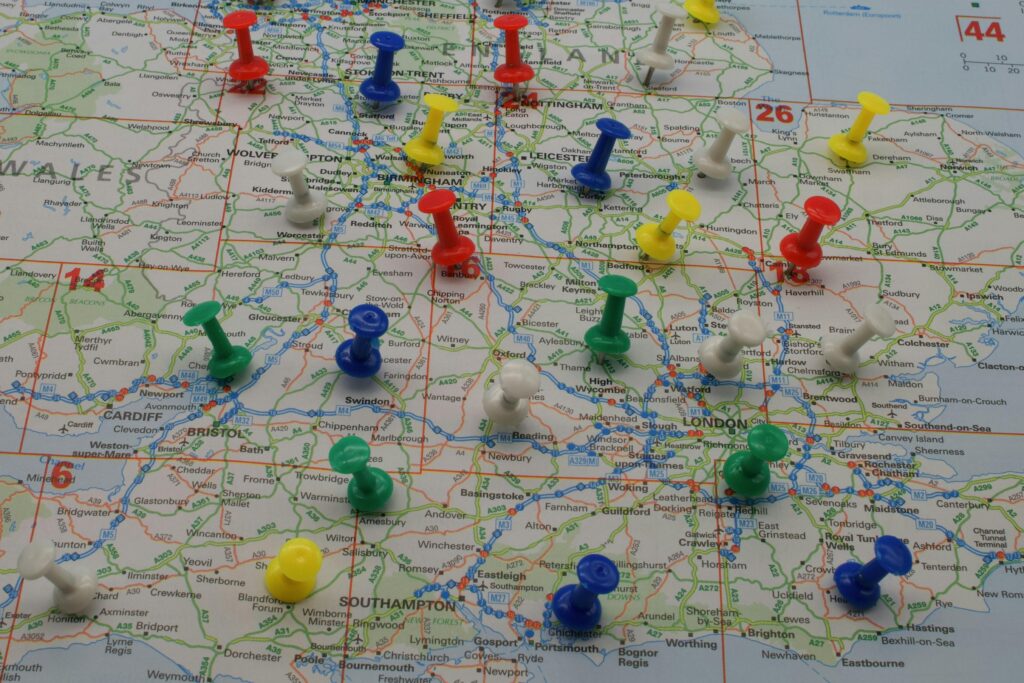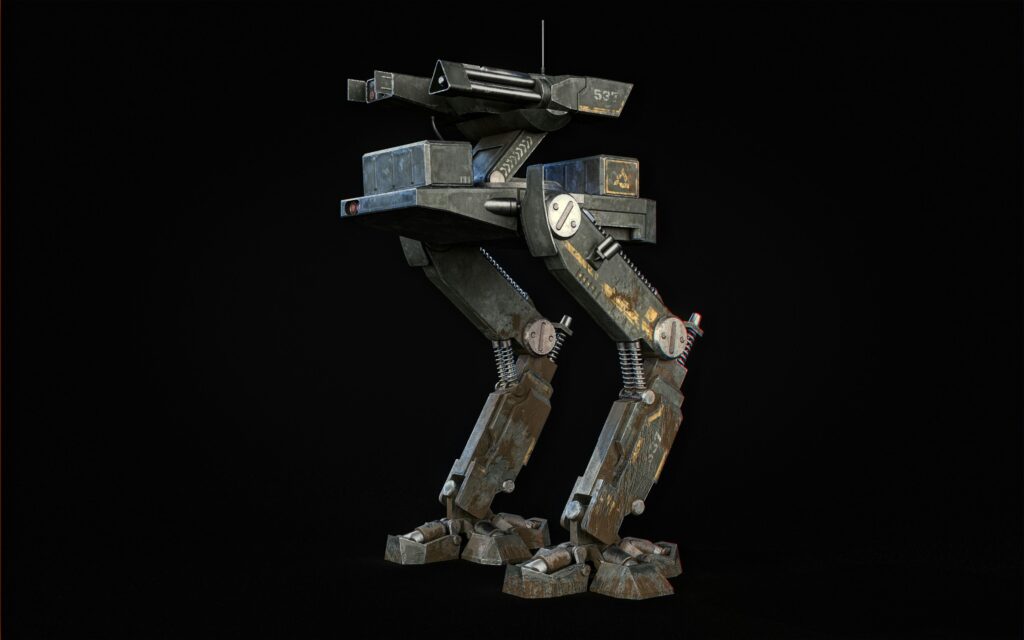The contemporary battlefield is undergoing a profound transformation driven by the advanced integration of robotics and artificial intelligence (AI). This convergence marks a pivotal shift from traditional combat paradigms to highly automated and intelligent warfare systems capable of rapid decision-making, precision engagement, and autonomous operation in complex environments. Leveraging sophisticated AI algorithms, sensor fusion, and adaptive control mechanisms, modern military robots extend beyond mere mechanization to embody cognitive capabilities that enhance situational awareness, strategic planning, and mission execution. This article examines the critical technological advancements, system architectures, and operational implications underpinning the deployment of AI-enabled robotic platforms in current combat scenarios, highlighting the challenges and opportunities that define the future of armed conflict.
Table of Contents
- Advanced Sensor Fusion Techniques Enhancing Autonomous Combat Units
- Strategic Deployment of AI-Driven Decision-Making Systems in Battlefield Scenarios
- Mitigating Cybersecurity Vulnerabilities in Integrated Robotic Warfare Platforms
- Recommendations for Ethical Frameworks and Compliance in AI-Enabled Combat Operations
- Concluding Remarks
Advanced Sensor Fusion Techniques Enhancing Autonomous Combat Units
In the battlefield landscape, the integration of multivariate sensor inputs from disparate sources is pivotal for superior situational awareness and operational accuracy. Modern autonomous combat units leverage sensor fusion algorithms that synthesize data from radar, lidar, infrared, and acoustic sensors to create a unified and precise environmental model. These techniques utilize advanced Kalman filters, Bayesian inference models, and deep learning frameworks to reconcile conflicting sensor outputs, minimize noise, and mitigate data latency. The result is a dynamic, real-time perception system capable of recognizing threats, distinguishing between combatants and non-combatants, and adapting autonomously to rapidly evolving scenarios.
Key enhancements in sensor fusion encompass:
- Multi-sensor redundancy for fail-safe operation even when individual sensors are compromised or deceived.
- Context-aware data weighting that prioritizes sensor inputs based on mission parameters and environmental conditions.
- Adaptive data correlation methods that autonomously recalibrate sensor fusion models in response to sensor drift or damage.
- Edge computing integration to ensure low-latency processing, reducing reliance on centralized command infrastructure during engagements.
By harnessing these sophisticated fusion architectures, autonomous combat systems achieve unprecedented levels of precision, resilience, and tactical efficiency, redefining the parameters of modern warfare.
Strategic Deployment of AI-Driven Decision-Making Systems in Battlefield Scenarios
Integrating AI-driven decision-making systems into combat operations significantly enhances responsiveness and precision on the battlefield. These systems analyze vast datasets in real time, synthesizing information from multiple sensors and communication channels to generate actionable insights. By automating threat assessment, resource allocation, and tactical maneuvering, commanders gain a decisive edge in dynamic war zones. Key capabilities of these AI systems include:
- Rapid situational awareness through continuous environmental data fusion
- Adaptive mission planning that accounts for shifting variables and emergent threats
- Autonomous coordination between manned units and robotic assets
- Predictive analytics to anticipate enemy actions and optimize response strategies
Advanced AI algorithms also enable decentralized decision frameworks, reducing reliance on centralized command and increasing operational resilience. This distributed intelligence approach ensures that robotic platforms and human operators can jointly execute complex maneuvers even under communications degradation or cyber-compromise. Moreover, the seamless integration of AI decision systems with autonomous vehicles, drones, and ISR (Intelligence, Surveillance, Reconnaissance) technologies results in synchronized battlefield effects that enhance lethality while minimizing collateral damage.
Mitigating Cybersecurity Vulnerabilities in Integrated Robotic Warfare Platforms
To address the potential attack vectors in integrated robotic warfare platforms, it is imperative to implement a multi-layered cybersecurity framework. This includes real-time threat detection systems leveraging AI-driven anomaly recognition and behavior analysis to swiftly identify and isolate compromised units without disrupting overall operations. Ensuring robust encryption protocols and secure communication channels between autonomous units mitigates risks of interception or manipulation by adversaries. Continuous software patch management and rigorous validation of firmware updates further reduce exposure to zero-day exploits that could incapacitate critical functions during engagements.
Additionally, fostering a proactive cybersecurity culture among development and operational teams enhances resilience. Key practices involve:
- Comprehensive penetration testing tailored to simulate various electronic warfare scenarios
- Immutable logging mechanisms for forensic analysis post-incident
- Redundancy architectures enabling fail-safe operations if primary systems are compromised
- Segmentation of network topology to localize breaches and prevent lateral movement
These strategies collectively fortify the platform against sophisticated cyber-physical attacks, ensuring operational continuity and safeguarding mission-critical data integrity even in contested environments.
Recommendations for Ethical Frameworks and Compliance in AI-Enabled Combat Operations
The deployment of AI-enabled combat systems demands a robust ethical architecture grounded in transparency, accountability, and strict adherence to international humanitarian law. Developers and military strategists must collaboratively establish protocols that govern the autonomy levels of robotic agents, ensuring human oversight remains integral to critical decision-making loops. Implementation of real-time auditing mechanisms and immutable logging of AI actions are essential to enable post-operation reviews and reinforce compliance with established ethical norms. This integrated approach mitigates risks associated with unintended escalation and unlawful conduct in volatile combat zones.
Furthermore, establishing a multi-tiered compliance framework incorporating both technological safeguards and operational governance will support dynamic risk assessment and adaptive response strategies. Key elements include:
- Continuous validation of AI algorithms against evolving ethical standards and battlefield conditions
- Mandatory certification processes for AI modules before deployment
- Cross-domain collaboration between ethicists, engineers, military personnel, and legal experts to update frameworks proactively
- Integration of fail-safe shutdown mechanisms triggered by ethical override signals
By embedding these components within operational doctrines, armed forces can harness the full tactical potential of AI while upholding respect for human dignity and legal accountability in armed conflict scenarios.
Concluding Remarks
In conclusion, the advanced integration of robotics and artificial intelligence within contemporary combat environments represents a paradigm shift in modern warfare. This convergence not only enhances operational efficiency and decision-making precision but also introduces complex ethical, strategic, and technical challenges that must be addressed to ensure responsible deployment. As autonomous systems become increasingly sophisticated, ongoing research, rigorous testing, and adaptive policy frameworks will be critical in balancing technological innovation with the imperatives of security, accountability, and human oversight. Ultimately, the future battlefield will be defined by the seamless synergy between human operators and intelligent machines, necessitating multidisciplinary collaboration to harness these technologies effectively and mitigate emergent risks.













